Hanfu Etiquette 2025: Master Traditional Chinese Greetings

Hanfu Etiquette 2025: Mastering Traditional Chinese Greetings
Hanfu etiquette is a window into the soul of traditional Chinese greetings, blending centuries-old manners with cultural elegance. Rooted in ancient China, Hanfu culture goes beyond clothing—it embodies respect, harmony, and tradition. In 2025, as Hanfu gains global popularity, learning traditional Chinese greetings like Gong Shou Li or Wan Fu Li adds authenticity to the experience. Whether you’re donning Hanfu for a festival or exploring Chinese etiquette, these gestures connect you to a rich heritage.
The Roots of Hanfu Etiquette
Hanfu etiquette stems from ancient Chinese values, heavily influenced by Confucian principles of propriety. This philosophy stressed social harmony through respectful behavior, shaping how people greeted one another. As an agricultural society, China also used clothing to reflect status and values, embedding etiquette into Hanfu culture. These traditions, passed down through generations, remain a vital part of Chinese cultural etiquette today, especially in Hanfu events worldwide.
Key Traditional Chinese Greetings
Wearing Hanfu calls for specific greetings that vary by context. Below are some iconic traditional Chinese greetings to master in 2025:
1. Yi Li (揖礼) – The Bowing Salute
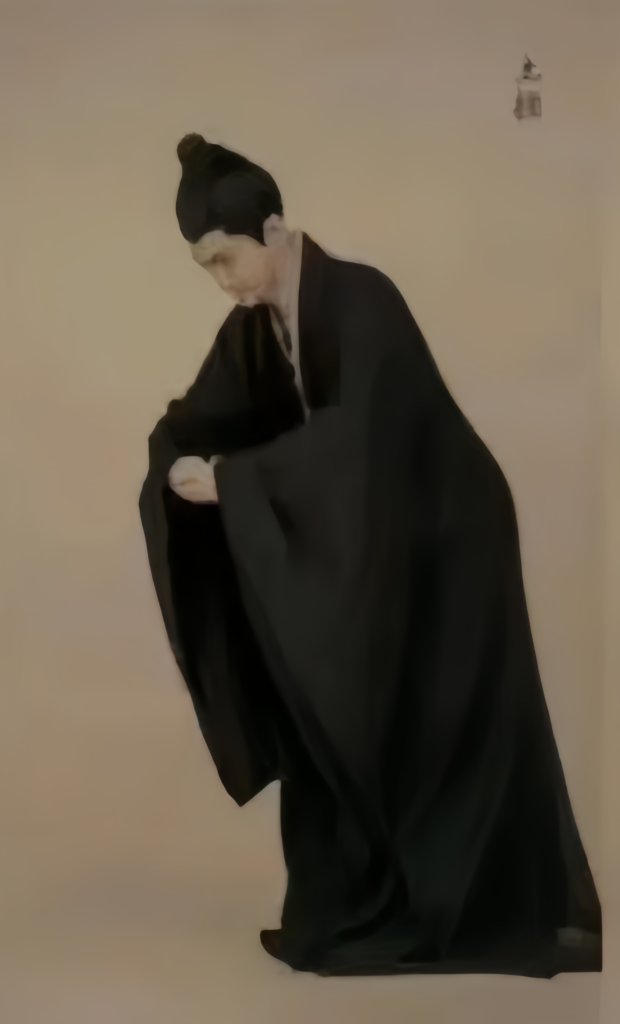
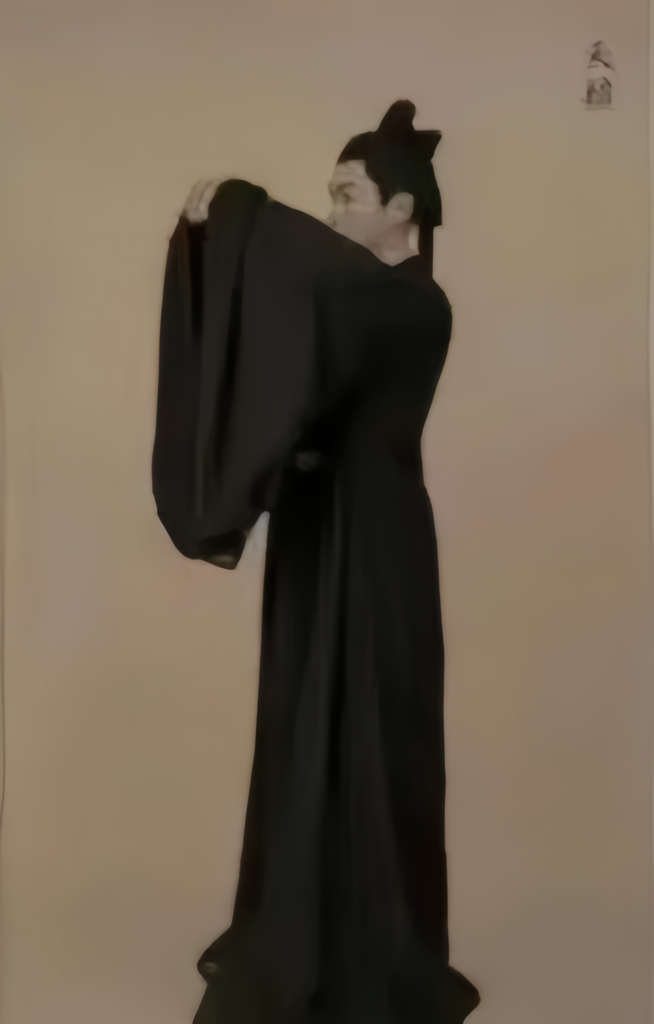
Yi Li, or the bowing salute, dates back over 3,000 years, originating before the Zhou Dynasty. According to The Rites of Zhou (周礼), there were different types of Yi Li depending on social status and the occasion, including Tu Yi (土揖) for ordinary greetings, Shi Yi (时揖) for seasonal celebrations, and Tian Yi (天揖) for honoring the heavens.
2. Wan Fu Li (万福礼) – The “Ten Thousand Blessings” Salute
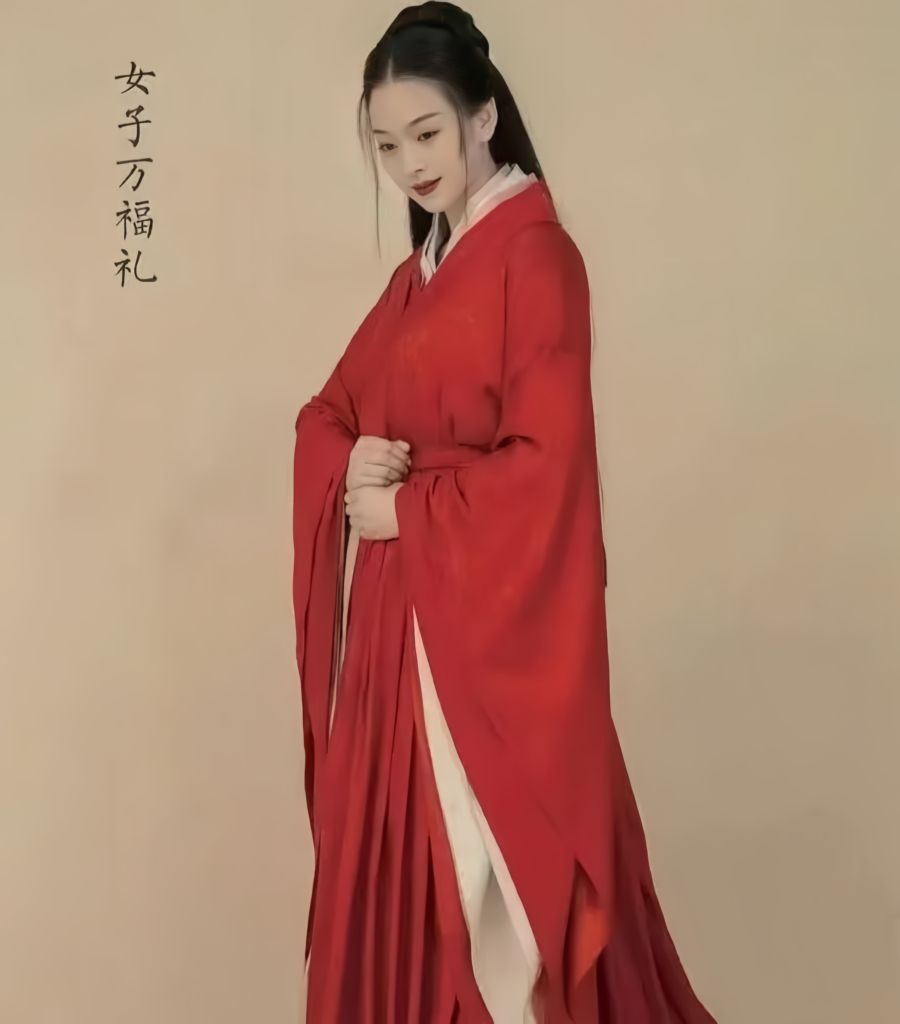
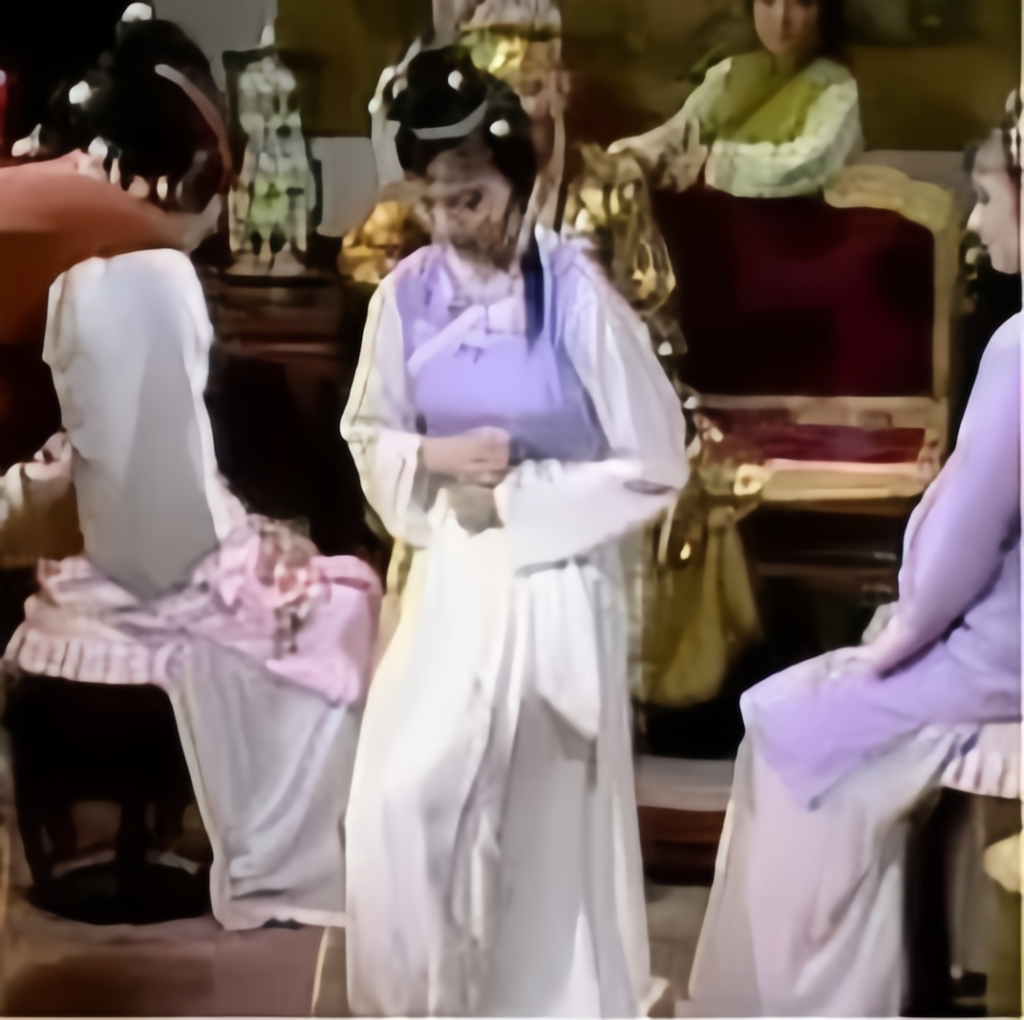
Wan Fu Li was commonly used by women in ancient China. To perform this greeting, a woman places both hands at the center of her chest, with the right hand resting on top of the left. She then makes a slight movement up and down, bows her head gently, and bends her knees slightly. While performing the salute, she traditionally says, “Wan Fu” (万福), meaning “ten thousand blessings” or “best wishes.”
3. Cha Shou Li (叉手礼) – The Crossed-Hand Salute

Cha Shou Li, which originated in the Western Han Dynasty, was often used when speaking respectfully to someone. Unlike other greetings that are performed quickly, this gesture is maintained throughout the conversation. The correct posture involves placing the left hand over the right thumb, with the left pinky pointing toward the right wrist and the right fingers kept straight. The hands are held at chest level throughout the greeting.
4. Gong Shou Li (拱手礼) – The Classic Salute

Gong Shou Li, also known as Peng Shou Li (捧手礼), is one of the most recognizable traditional Chinese greetings. It involves standing straight, keeping the upper body upright or slightly bowed, and clasping the hands together in front of the chest. The left hand covers the right fist, and the hands gently move up and down two or three times while offering a polite greeting with a warm smile.
5. Gui Bai Li (跪拜礼) – The Kneeling Salute
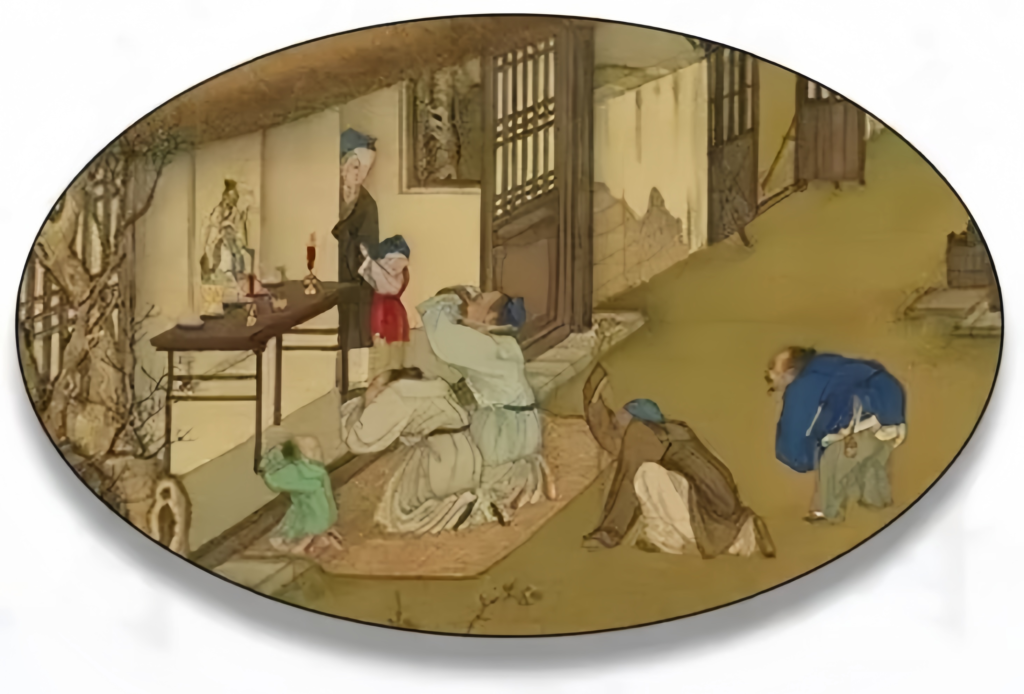
Gui Bai Li, or the kneeling salute, was used for highly formal occasions, such as worshiping the heavens, honoring ancestors, or showing deep respect to elders. It follows a structured sequence:
- Begin with a Yi Li (bowing salute).
- Step back with the right foot while lowering the body.
- Kneel down with both knees and adjust posture.
There are three main types of kneeling salutations:
- Ji Shou (稽首) – The most respectful form, where the forehead touches the ground. Used for worshiping deities and ancestors.
- Dun Shou (顿首) – A lighter version where the forehead briefly touches the hands but not the ground. Used to honor parents.
- Kong Shou (空首) – The mildest form, where the hands touch the ground, and the head bows without touching them. This is still used today in some formal ceremonies.
6. Bao Quan Li (抱拳礼) – The Fist-in-Palm Salute

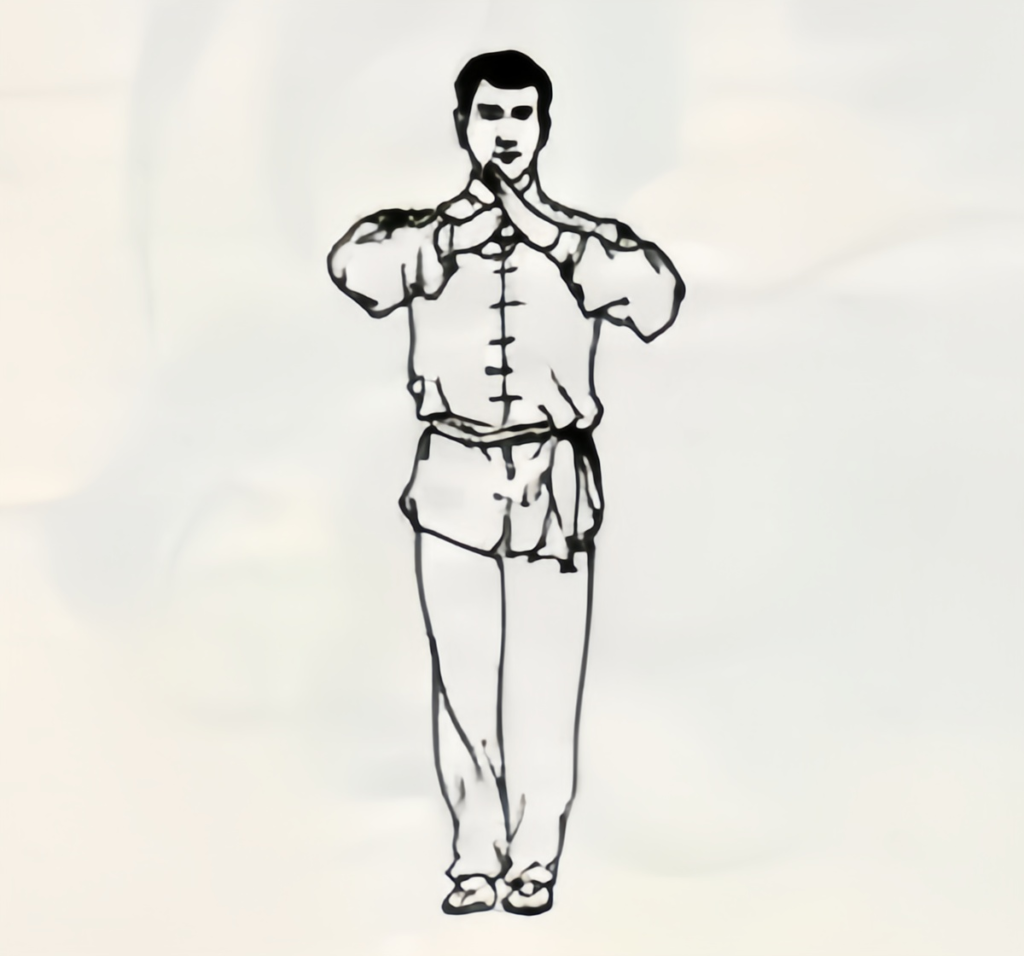
Bao Quan Li, or the fist-in-palm salute, was a widely used greeting in ancient China, similar to the modern handshake. This greeting was used across all social classes, from nobles to commoners. The correct way to perform Bao Quan Li is to place the left hand over the right fist and hold them naturally in front of the chest. The hands should move slightly but not too forcefully.
It’s important to remember that placing the right hand over the left is considered disrespectful. This is known as Xiong Bai (凶拜), meaning “unlucky bow,” and was traditionally reserved for funerals or negative occasions.
7. Ju Gong Li (鞠躬礼) – The Bowing Salute
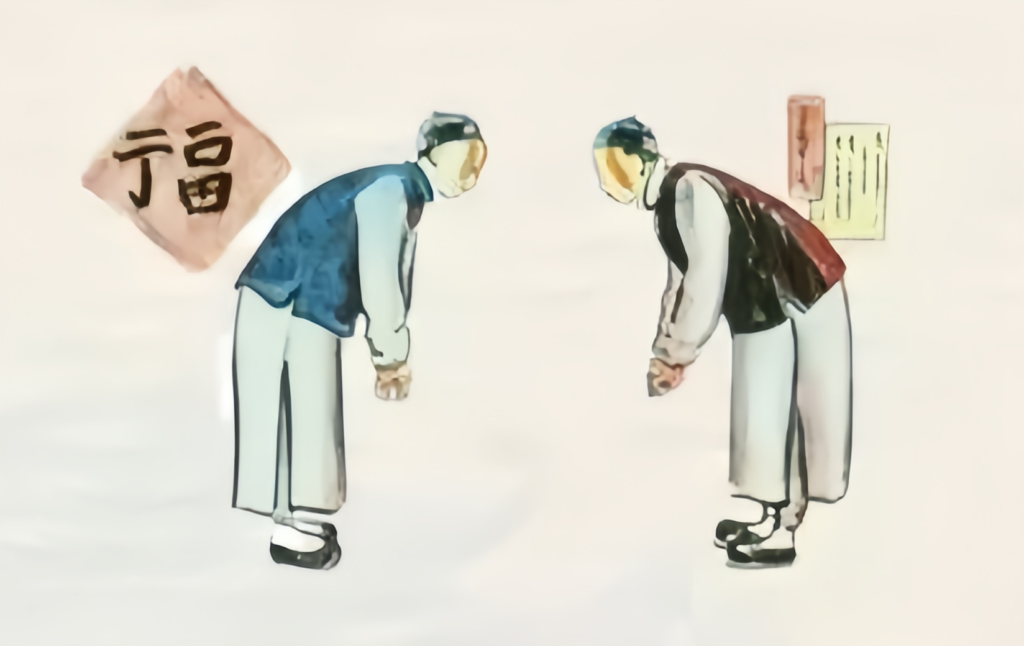
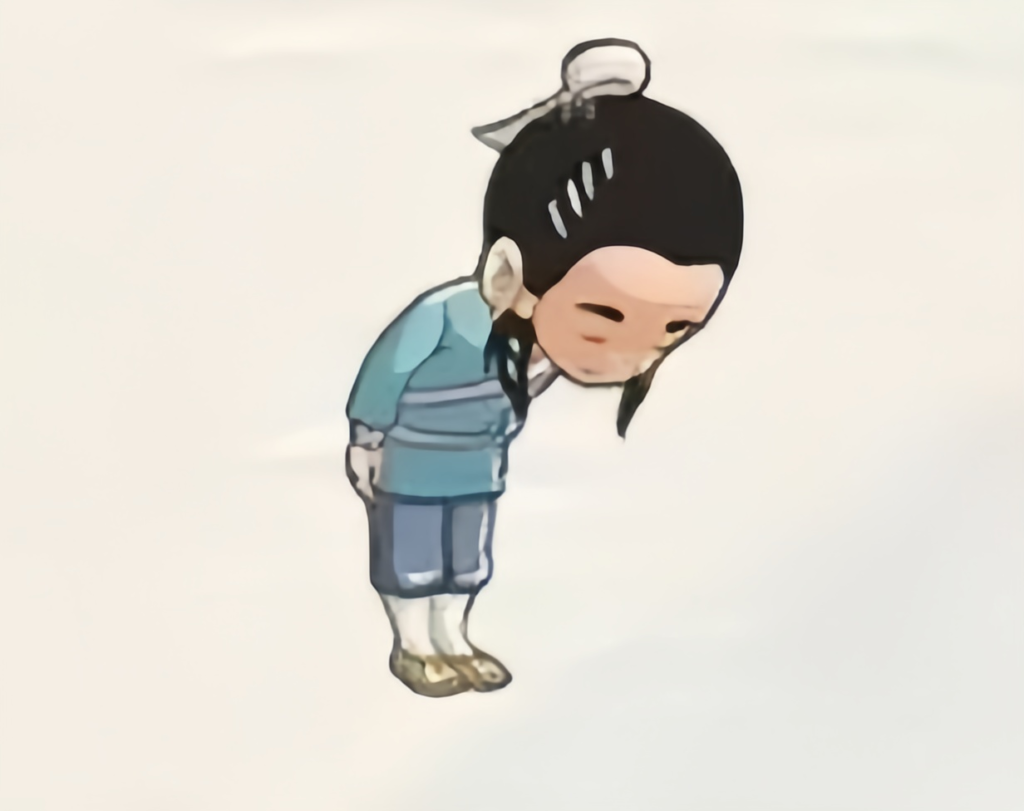
Ju Gong, or bowing, is one of the oldest and most universal forms of showing respect. This practice dates back to the Shang Dynasty, where a ritual called Ju Ji (鞠祭) involved offering sacrifices in a curved or bowed shape as a sign of reverence. Over time, this concept extended to human interactions, with people bowing as a gesture of respect to elders, teachers, and dignitaries.
The degree of the bow often indicates the level of respect:
- A slight bow (15 degrees) – Used for casual greetings.
- A deeper bow (30 degrees) – Used for showing more respect, such as when meeting a superior.
- A full bow (45–90 degrees) – Reserved for very formal occasions, such as apologizing or expressing deep gratitude.
Practicing Hanfu Etiquette
Mastering Hanfu etiquette takes practice but enriches the Hanfu experience. Each gesture, from the fluid Wan Fu Li to the steady Gong Shou Li, carries meaning—respect, humility, or gratitude. For accuracy, study resources like China Culture (DoFollow link), which details Chinese etiquette. At Hanfu festivals, observe others to refine your technique, ensuring your traditional Chinese greetings feel natural.
Why Hanfu Etiquette Matters in 2025
In today’s fast-paced world, Hanfu culture offers a way to slow down and connect with tradition. Hanfu etiquette isn’t just about gestures—it reflects values of harmony and respect that resonate globally. Wearing Hanfu with proper Chinese cultural etiquette elevates events, from casual meetups to grand ceremonies, making every moment meaningful.
For global fans, Hanfu greetings are a bridge to Chinese heritage. Events showcasing traditional Chinese clothing, like those in Luoyang, draw enthusiasts eager to learn Hanfu manners. These gatherings foster community, blending modern style with ancient customs.
Tips for Mastering Hanfu Greetings
Ready to embrace Hanfu etiquette in 2025? Here’s how:
Stay Respectful: Ensure gestures align with the occasion’s formality.
Practice Basics: Start with Gong Shou Li for its simplicity.
Watch Videos: Explore tutorials on China National Silk Museum for visual guides.
Join Events: Attend Hanfu festivals to practice traditional Chinese greetings.



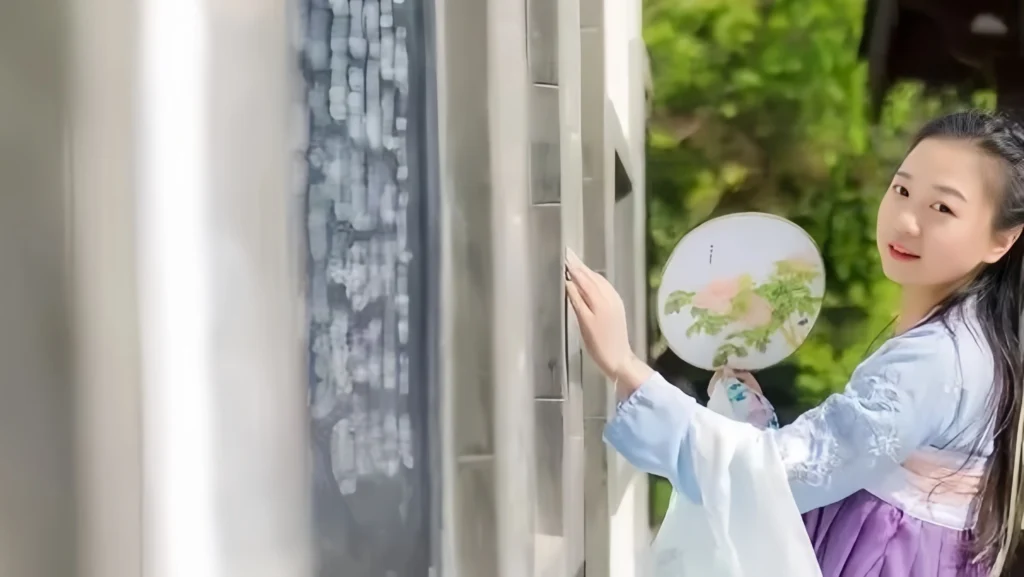

Responses